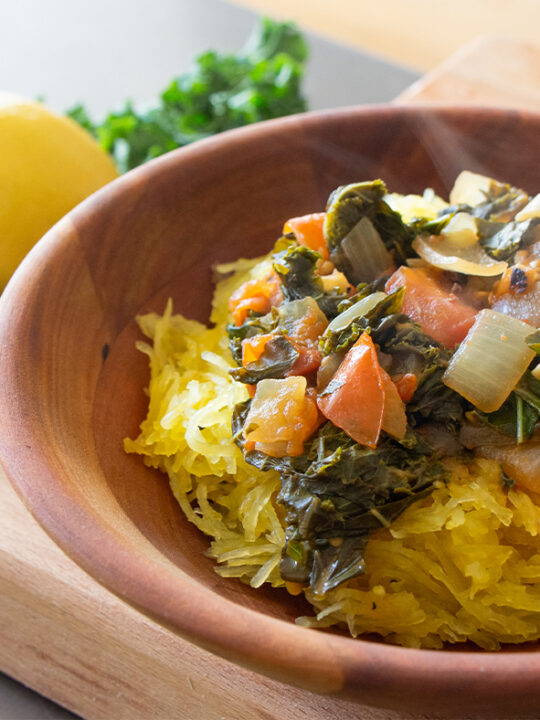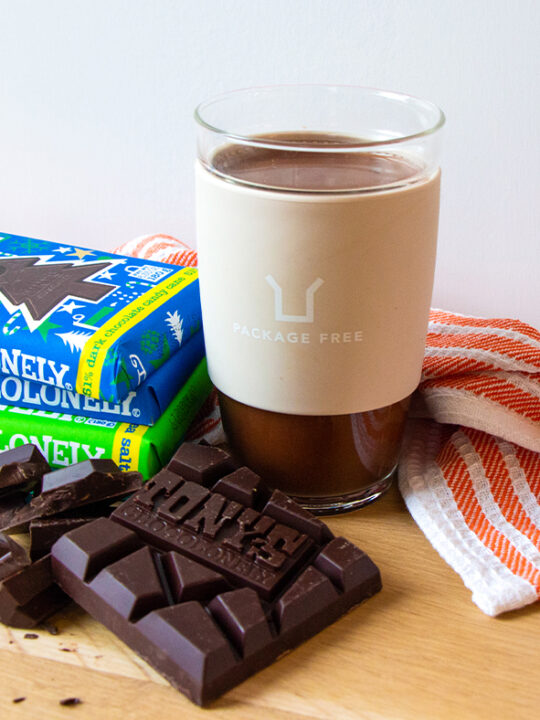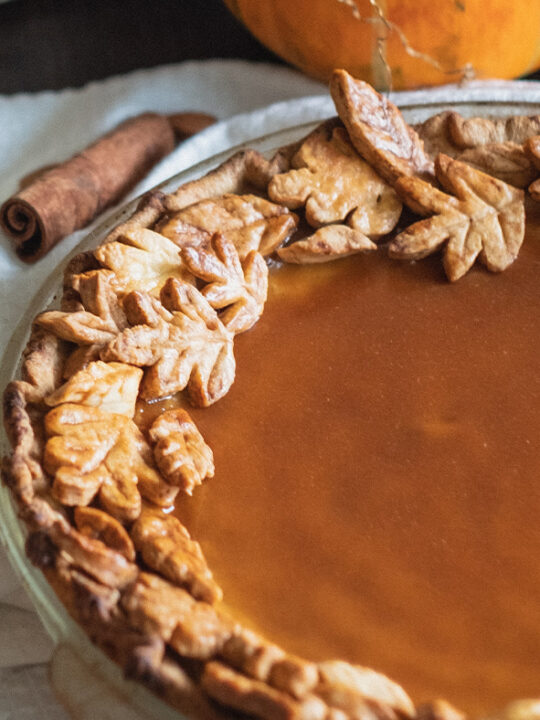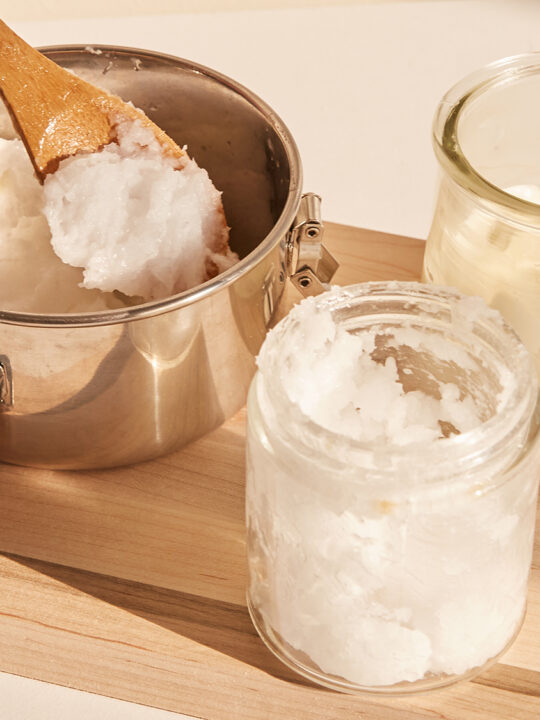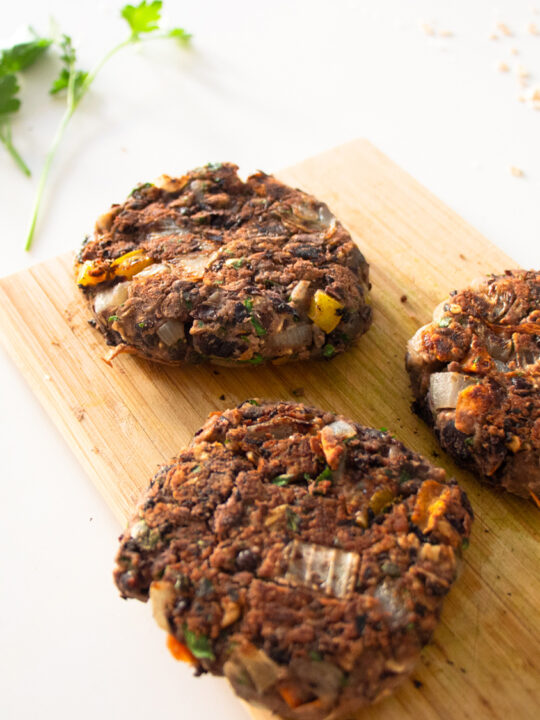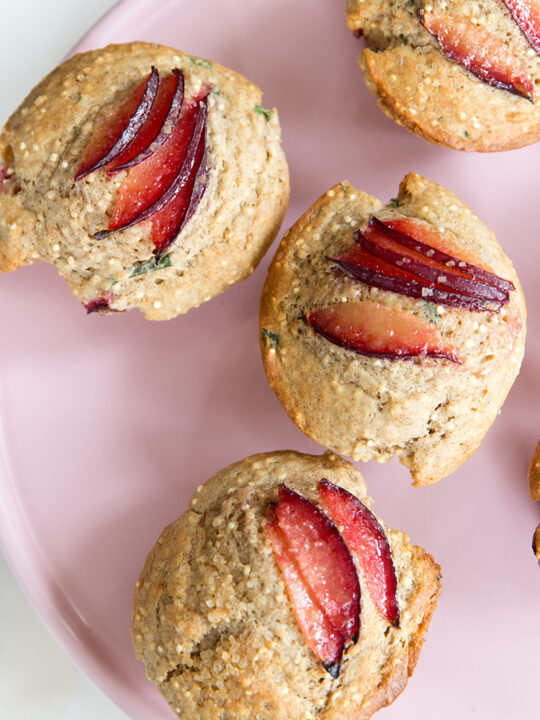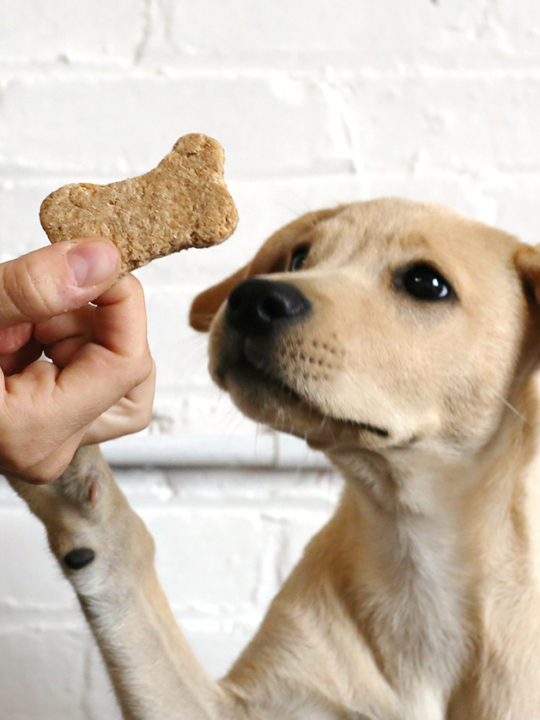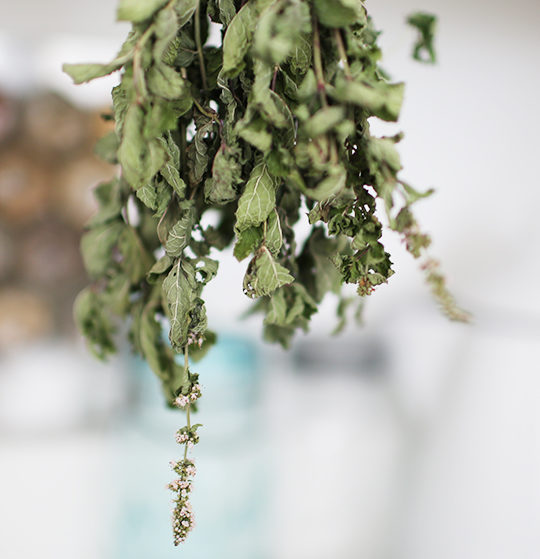
Pumpkins are a time honored Halloween tradition — but they also contribute to a spooky amount of landfill waste. In fact, the US Department of Energy estimates that 1.3 billion pounds of pumpkins are thrown away each year after Halloween.
Why should this scare you?
When pumpkins are thrown away, they get trapped under piles and piles of compressed trash. This forces them to decompose without the presence of oxygen (aka anaerobic decomposition). When this happens, methane is released as a byproduct, which is a VERY powerful greenhouse gas. Just how powerful? Compared to other greenhouse gases, like carbon dioxide and water vapor, methane is 28 times more effective at trapping heat over a 100 year time frame, which makes it anywhere from 25-100 times more destructive than CO2 over a couple of decades. So 1.3 billion pounds of pumpkins are actually quite frightening for rising global temperatures. Psst. Learn more about Methane & The Environment here.
Instead of tossing a whole pumpkin or its guts after you carve your jack-o-lantern, here are 10 ways to upcycle or recycle a pumpkin…
1. Compost.
If your pumpkin has been sitting outside for the majority of October, chances are, it’s unsuitable to be eaten (think: dirt, animals droppings, and bacteria). The best thing to do with it now is to compost it! Composting will allow it to breakdown properly (aka WITH the presence of oxygen), which means no methane emission! Learn how to compost from anywhere here!
2. Roast the pumpkin seeds.
As you probably remember from the days of carving as a kid, pumpkin guts are filled with seeds that can be roasted and eaten! Check out this recipe! Bonus: Pumpkin seeds are full of fiber, zinc, phosphorus, potassium, magnesium, and iron!

3. Make pumpkin puree.
After you roast the seeds, make a puree using the rest of the pumpkin! All you’ll need to do is bake, steam, or boil it, peel off the skin, and then puree it using a food processor or blender. Check out this recipe for a step by step. The best part about puree is that you can add it to muffins, soups, cookies, bread, hummus, you name it! And if you have extra, freeze it in a Reusable Silicone bag to use it all winter long.
4. Make pumpkin chips with the skin.
Make chips with the leftover skins from the pumpkin puree! Sprinkle them with salt and spices (this recipe uses paprika and chili powder), and then bake them on a cookie sheet at a low temperature until they’re crispy. If you have a dehydrator, dehydrate them overnight at 115 degrees. Afterward, store them in an airtight container to keep them fresh and crisp.
5. Make a veggie stock broth.
Making cooking stock with leftover food scraps and veggie odds and ends (think: wilted greens, carrot peels, onion skins, and pumpkins guts!) is a great way to cut down on organic waste. Add in veggies that you have lying around (I personally like to add onion, celery, mushrooms, carrots, herbs, and the pumpkin guts and seeds), cover with water, simmer for an hour, and then strain it into a jar using a cheesecloth. Check out this simple stock recipe for inspiration! It can be kept it in the fridge for a week, or you can freeze it and use it for up to three months.
6. Boil or steam it: Add to soups, stews, or curries.
After scooping out the guts, cut the pumpkin into smaller pieces and peel off the skin using a veggie peeler. Compost the guts and skin (or save it to make a veggie broth!), then cut the pieces up into cubes, and boil or steam them until soft. Add to soups, stews, or curries for a yummy and hearty flavor. Check out this Moroccan Pumpkin stew recipe!
7. Roast it: Add to salads.
Roasted pumpkin adds an incredible sweetness and texture to salads! Check out this recipe for a simple step by step.

8. Make pumpkin seed butter.
Fancy pumpkin seed butter can cost a fortune at stores. Luckily, it’s incredibly easy to DIY pumpkin seed butter, and it’s a great alternative for anyone with a nut sensitivity! All you’ll need for this recipe are toasted pumpkin seeds, a bit of sea salt, a food processor, and 20 minutes.
9. Add to dog food.
Adding pumpkin (roasted, baked, boiled, or steamed) to your pup’s food is not only a good way to jazz up their meal, but it adds healthy fiber, vitamins, and minerals to their meal. Pumpkin is already a good source of carbohydrates, so it will keep your furry friend nice n’ full! It’s safe for most pups to consume, but be sure to consult with your vet before adding it into their food.
10. Make pumpkin pie.
A classic that needs no introduction. Check out this old fashioned recipe, or this recipe for a vegan, gluten free alternative!
How are you planning to reuse or recycle your Halloween jack-o-lantern this year?
